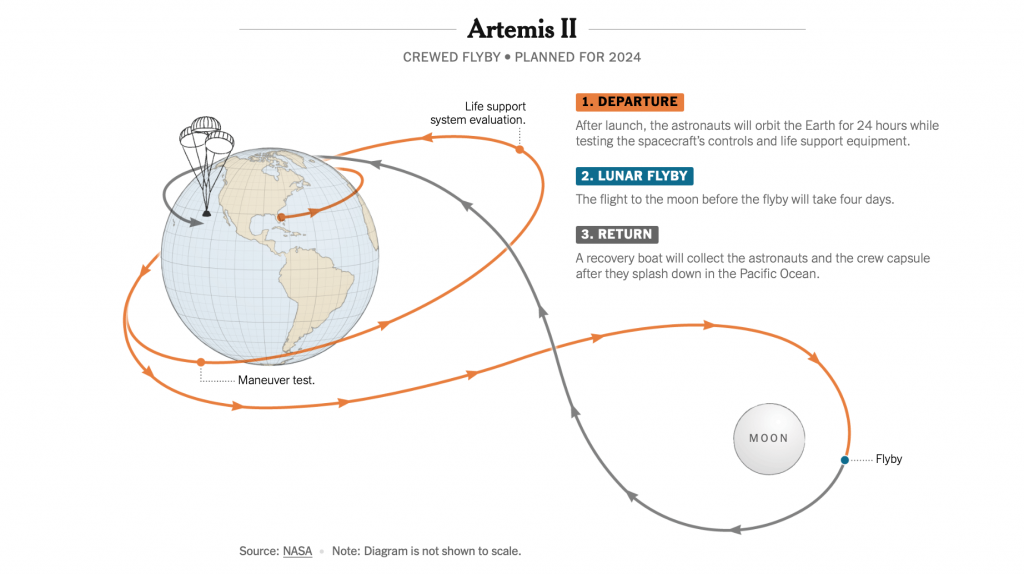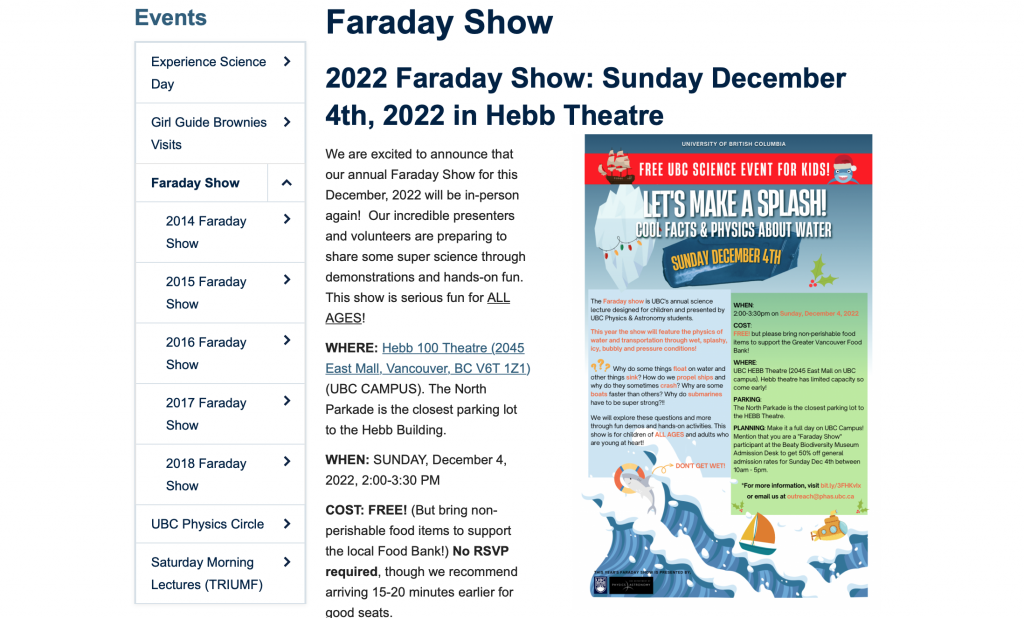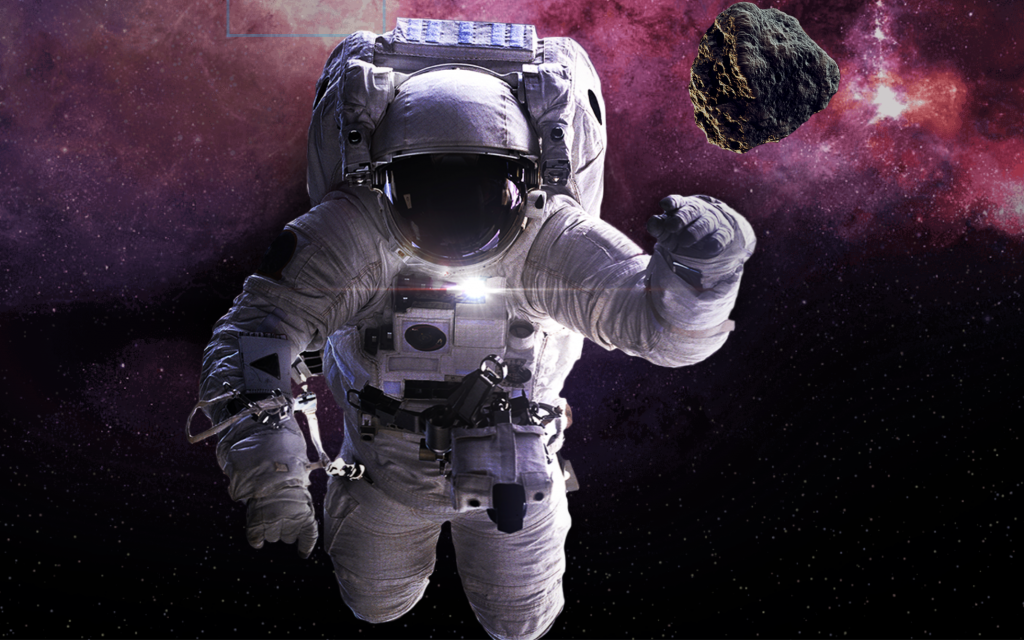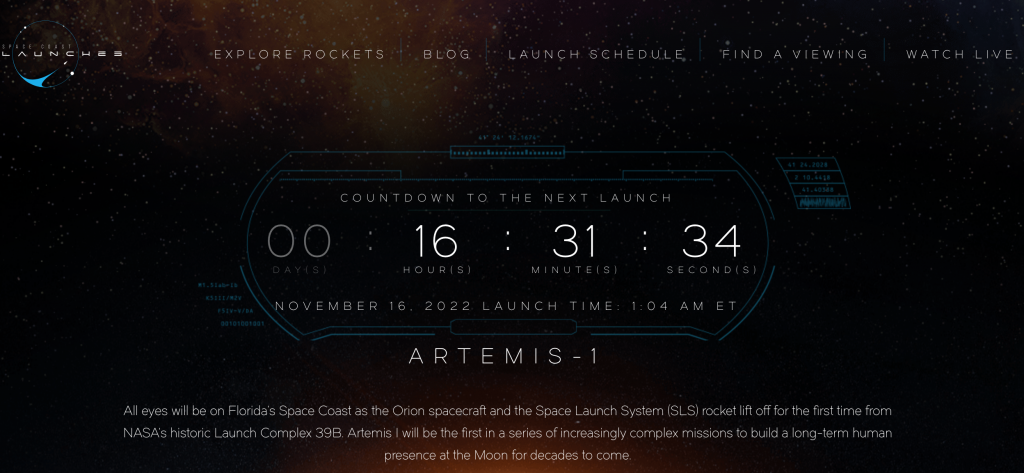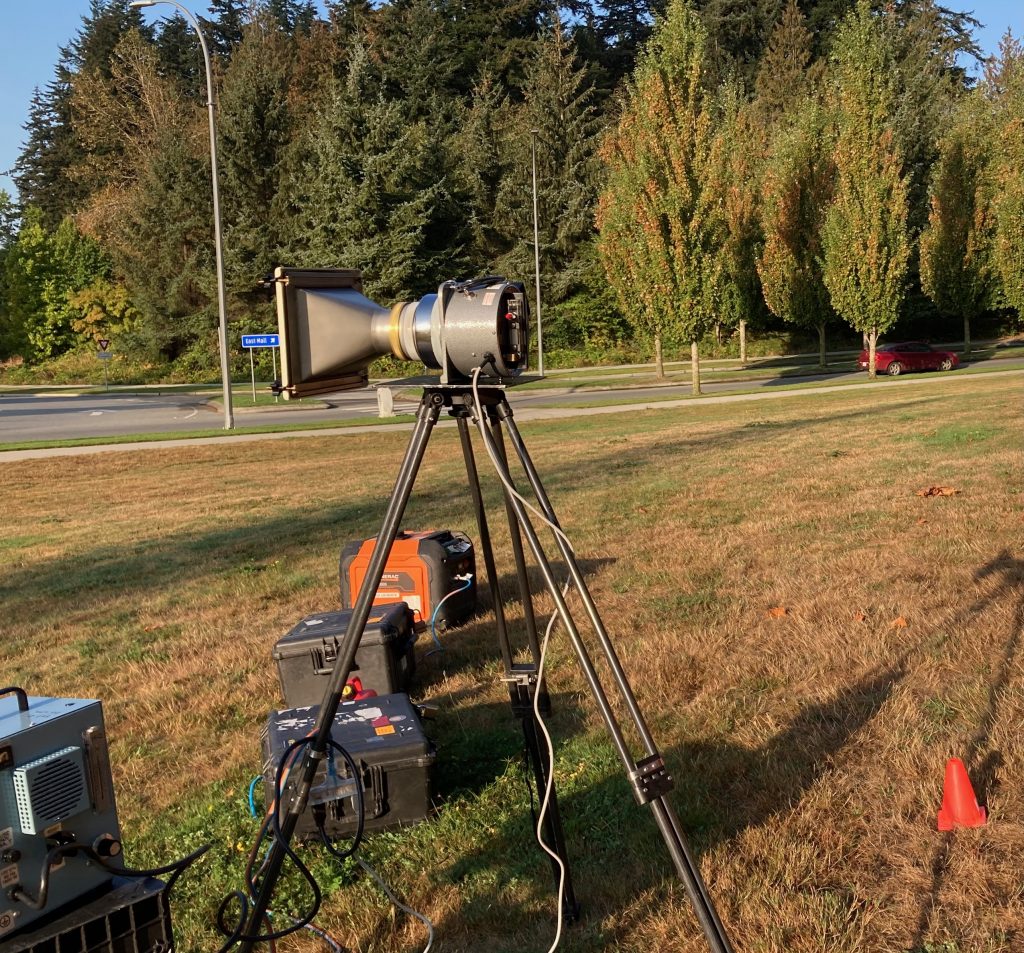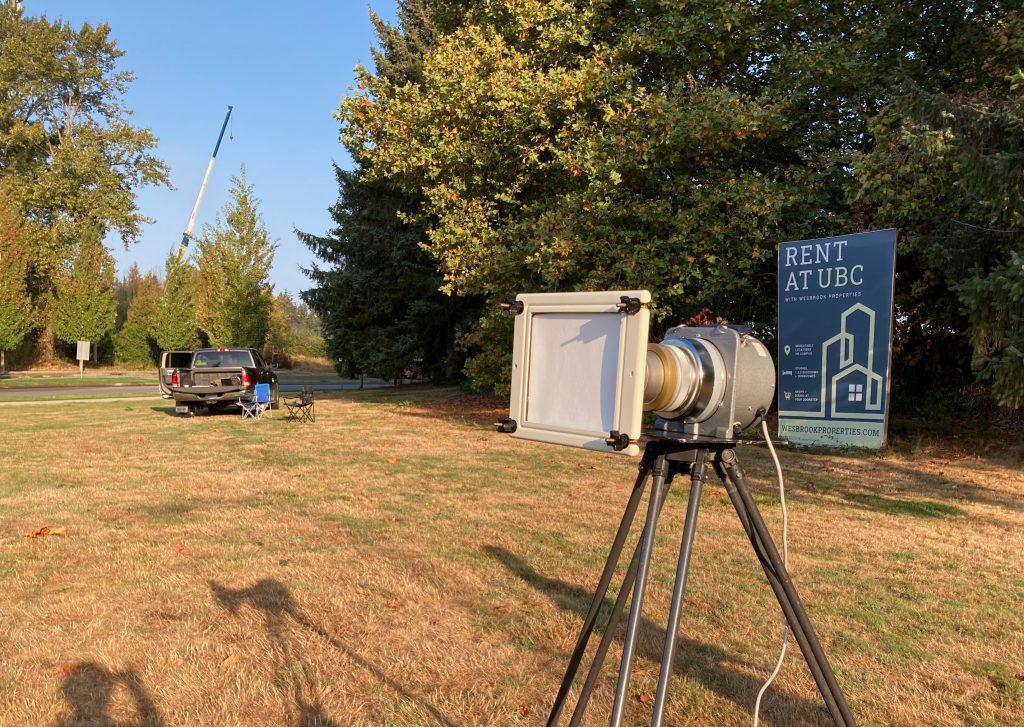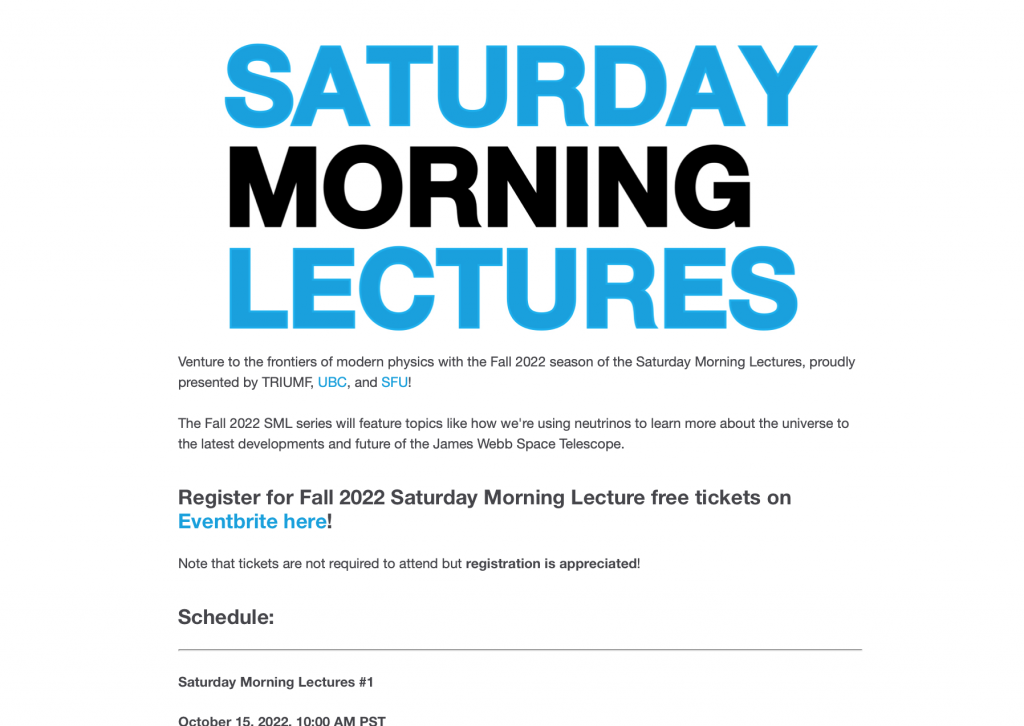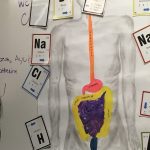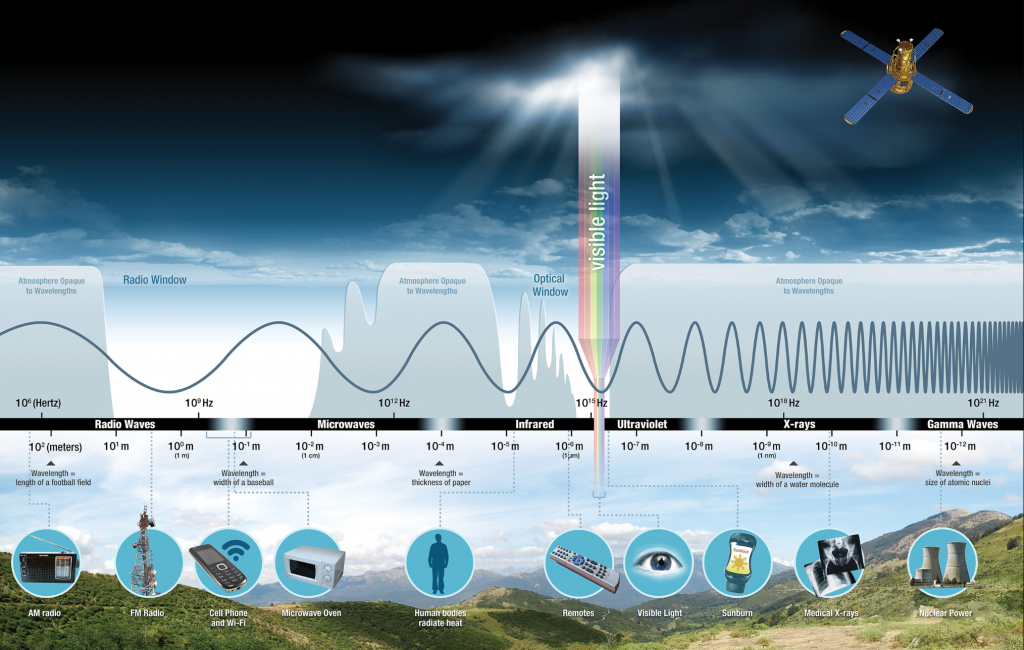
The Electromagnetic Spectrum shows a visual representation of all the energy in our world.
Link to Learning: https://chromoscope.net/
Learning Tip: Different Waves have different amounts of energy
Ever wanted X-ray specs or super-human vision? Chromoscope lets you explore our Galaxy (the Milky Way) and the distant Universe in a range of wavelengths from gamma-rays to the longest radio waves.
Change the wavelength using the slider in the top right of the screen and explore space using your mouse. For more information we have a quick video tour or you can read more on our blog. If you get stuck, click “Help” in the bottom left.
 Chromoscope is kindly funded by the Cardiff University Astronomy and Astronomy Instrumentation Groups.
Chromoscope is kindly funded by the Cardiff University Astronomy and Astronomy Instrumentation Groups.


